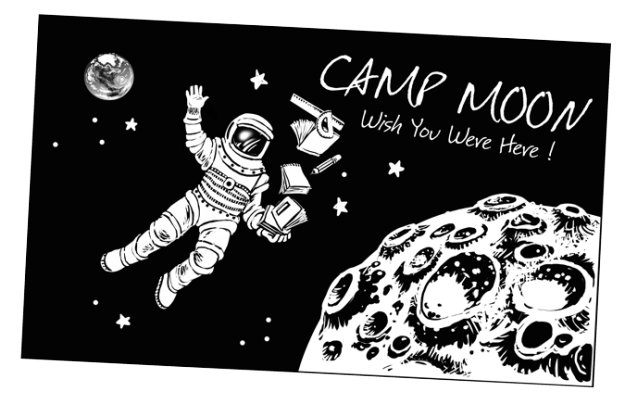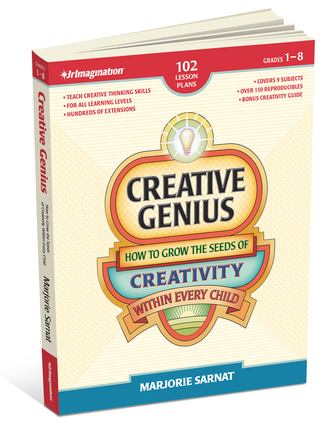Knowledge is Power but Dreamers Shape the World
 Sunday, February 5, 2012 at 12:00PM |
Sunday, February 5, 2012 at 12:00PM |  Marjorie Sarnat
Marjorie Sarnat 
Stop and look around at any given moment and you see what startling advances we enjoy. To be surrounded by such accomplishments we must think to ourselves how much people must need to know to be able to create so many marvelous things. And, yes, it’s true that knowledge is the building block upon which great achievements are made. But it takes something else, as well.
Knowledge is the foundation of achievement, but the formula doesn’t add up without one essential ingredient: creative thinking. Creativity blossoms in fields of knowledge. Knowledge + Creative Thinking = Achievement.
Creative thinking is rarely addressed in school, yet it is the number one factor that distinguishes our great achievers from the ordinary in every field. Combined with knowledge, creativity works wonders. Every creative genius in history applied creative thinking to a foundation of acquired knowledge in the process of bringing about his or her breakthrough.
In their book, “The Cambridge Handbook of Creativity,” Robert J. Sternberg and James C. Kaufman cite Raymond S. Nickerson’s statement that “…people who do noteworthy creative work in any given domain are almost invariably very knowledgeable about the domain. The great innovators in science have been thoroughly familiar with the science of their day…. The same principle holds true for the arts… successful performance as an artist requires mastery of the tools and techniques through which the art form is expressed.”
In education today our emphasis on test scores and fact recall isn’t entirely wrong, it’s just not enough. For us to grow the next generation of achievers we need to give them additional tools so they can develop their creative potential.
On The Wings of Knowledge
It is not surprising that the Wright brothers had years of experience building bicycles and other machinery before they created the first successful powered flying machine in 1903. Their understanding of mechanics gave them the know-how to experiment with flight.
George Crum, who created the first potato chips in 1856, was an experienced chef. Years of devising recipes gave him a deep understanding of food preparation. When his clients asked for crispier potatoes he had the skills to cook “outside the pot.”
Had Mr. Crum worked in a bicycle shop, or had the Wright brothers gotten jobs as cooks, they no doubt would still have been innately curious and creative people. Perhaps they would have built upon different knowledge to invent things we can’t imagine. Or would they have needed to work in the fields of their passions to be successful? We’ll never know the answer, but we do know that their acquired knowledge played a significant role in their success.
10,000 Hours and More
In “Outliers: The Story of Success,” Malcolm Gladwell lists 10,000 hours of practice in a domain as being an important factor in high achievement. I agree and would list practicing creative thinking skills as an essential component for achievement as well.
Creativity is natural to all children. Within every student is a potential creative genius. By nurturing their creativity along with boosting their knowledge, we help our children grow to become contributors to our world in brilliant ways yet to unfold.
Creative Blast Off
To get young learners into practice, we offer this Free Lesson Plan, “Postcards From the Moon.” This fun activity encourages students to use their acquired knowledge of astronomy as they write and illustrate stories about a school trip to the moon. They create imaginative postcards to send back home to family and friends.
Although each student starts with the same facts, you’ll see a variety of ways students generate stories with those facts, as they apply creative thinking to their knowledge of astronomy. Let the imaginations soar!



